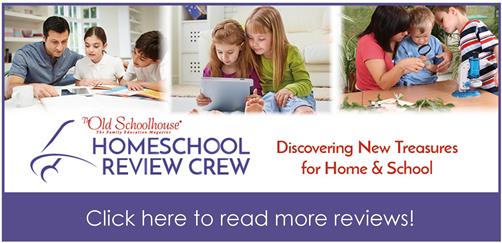Disclosure: I received this complimentary product through the HOMESCHOOL REVIEW CREW.
Today, I am sharing about the Young Scientist Earth & Space Science course from Greg Landry's Homeschool Science. D is currently working her way through this online course this summer. She is currently halfway done.
This is a self-paced 4th-7th grade one-semester class. It is geared for upper elementary or junior high students. I appreciate that the online recordings can be watched at your students convenience and even rewatched if necessary (this can even be run at 1.5/2 times normal speed making it even faster the second time around).
Another cool aspect of this course is that it includes a PDF version of the information/book (~100 pages). You can see we have access above. You can use this online or print it out if you desire. There is also a black and white version for printing if you'd like to save ink. There are also worksheets and other resources for students to use as they work their way through this course.
Above you can see the Chapter 1 student Worksheet.
There is a nice ~30 minute class introduction for students and parents that help you get a feel for the class set-up and what to expect. Our Young Scientist Earth & Space Science course has 13 classes and the topics include
- Note-Taking, Studying & Test Taking
- Metric System, Temperature, Precision & Accuracy
- Scientific Method & Lab Reports
- Mapping, Latitude & Longitude
- Time zones, International Dateline & Prime Meridian
- Unique Landmarks & Other Fun Stuff
- Ocean Tides
- Atmosphere, Climate & Weather
- The Heavens I
- The Heavens II
- Rock, Minerals, Ores and Fossils
- Earthquakes & Volcanoes
- Landforms
I want to note here that this course is done through a Christian perspective, which I personally love. Every class begins with a short prayer.
D watching Class #2.
Learning about The Scientific Method and Lab Reports in Class #3
Each class has a video lesson taught by Greg Landry (a homeschool father and former college professor) that average to be 20-30 minutes in length. Class #2 exceeds this as it is ~ 55 minutes in length and there are a few that are under 20 minutes but for the most part, they hit the 20-30 minute range.
I like that students and parents can ask Professor Landry questions through email using this course. Because this course is self-paced, there is tons of freedom in completing it quickly or at a slower pace. And likewise, you can use as much of the material that's presented or less if desired. This course emphasizes the process of taking notes because students tend to remember much more of what they write over what they hear. So it is recommended to have some kind of binder or notebook. D has been using a 1 subject notebook and a box of colored pencils and that's worked great for her. We also have a 3-ring binder for her worksheets and extra material.
D has been enjoying this course and it has been a really good fit for her to work through it this summer. I'm thinking about having E do it after her as well as she is going into 4th grade this Fall. If you are looking for self-paced, online, science courses you will definitely want to check out Greg Landry's Homeschool Science options.
There are other self-paced 4th-7th grade one-semester classes offered including Young Scientist Anatomy & Physiology, Young Scientist Biology, Young Scientist Chemistry and Young Scientist Physics. There are also self-paced 7th-12th grade half-semester classes (Exercise & Sports Physiology, Biochemistry/Microbiology, Embryology/Endocrinology and Earth & Space Science) as well as virtual, interactive labs.
Be sure to click on the banner below to visit the Homeschool Review Crew
blog to read more reviews of Greg Landry's Homeschool Science.

You can engage and learn more by heading over to Greg Landry's Homeschool Science.










No comments:
Post a Comment